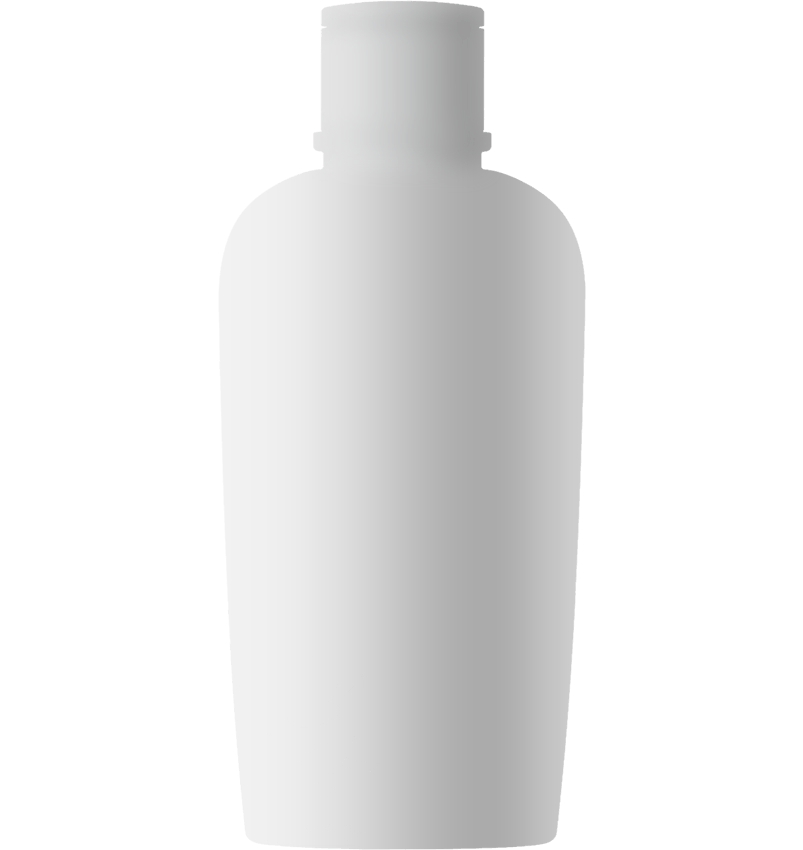Understanding Cat Eye Surgery: A Comprehensive Aesthetic Enhancement
Cat eye surgery is a sought-after procedure in the world of facial aesthetics. Combining two complementary techniques – canthopexy (to lift and stabilize the outer corners of the eyes) and temporal lift (to tighten the skin and tissue around the temples) – this procedure enhances both the eyes and the surrounding facial area for a cohesive, youthful appearance.
With its dual-action approach, cat eye surgery is more than just an eye-lift. It provides an overall rejuvenation effect, addressing issues like crow’s feet, fine lines, and sagging skin. The result is a harmonious, sculpted, and captivating look.
Comprehensive Surgical Procedure: Cat Eye Surgery Detailed Breakdown
Surgical Methodology:
Cat eye surgery is performed under local or general anesthesia and involves lifting the outer corners of the eyes while tightening the skin in the temple area. This combination delivers both subtle and dramatic transformations, depending on the patient’s aesthetic goals.



